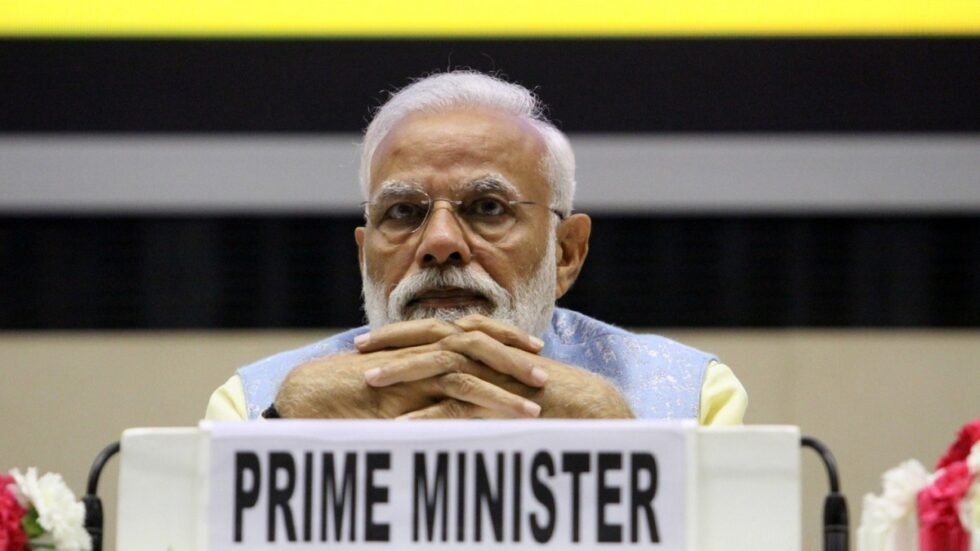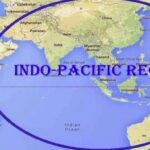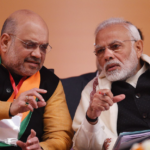
One area where the Modi government deserves full praise is the attempt and efforts to boost manufacturing – Make in India- in the country with good success. The PLI scheme launched by the Modi government is one such initiative of the government which has been appreciated by the business community by and large. Let us try to understand the scheme and how it is affecting manufacturing in the country.
The PLI scheme aims to achieve import substitution, export promotion, cost-competitive and efficient manufacturing, economies of scale, increased contribution in global value chains and higher market share in the given sectors. Moreover, it will incentivise global leaders to set up capacities in India, boosting FDIs and provide gainful employment to the youth.
The scheme is expected to yield greater results as it has “milestone-based incentivisation” and is output-oriented, unlike previous schemes that were more focused on various input parameters. Based on its output-oriented nature, it would attract large sector players, advanced technologies and develop an integrated ecosystem with production efficiency and economies of scale.
The genesys of PLI scheme:-
The genesys of PLI can be seen from various angles. First and foremost was the lack of an ECOSYSTEM in the country to boost manufacturing as a whole. The importance of a proper ecosystem can be seen from the successful model of China and some other countries which allows any manufacturing to build anything from a small needle to silicon chips or big cars , industrial items all in one place in the most cost effective and quality conscious manner. In India even the best of sectors like auto, pharma , textile lack such eco systems even though we may claim to have partial such systems in places like Manesar, Neemrana, Ankaleshwar, Roorkee, Pune, Chennai, Prithampur etc.
AS the world got disenchanted by an aggressive China wanting to dominate the world, and also her policy over Uighur minorities’ human issues and the corona virus after effects it was felt that the world need not be dependent on China for one and everything. As Countries started moving away from China to set up shops and manufacturing bases, Countries like Vietnam, Bangladesh, Indonesia and others were in the race. It was thus imperative for India to offer a good overall competitive business environment . PLI scheme was one such initiative that has been announced with some good results on the ground.
What is the Scheme:-
The production linked incentive or popularly called as PLI is aimed at boosting domestic manufacturing and exports, and is expected to increase the country’s production by $520 billion in the next five years. “An average of 5% of production is given as incentive and is expected to boost production worth USD 520 billion in India in the next five years. Besides the aim is also to reduce compliance burden, further improve ease of doing business and cut down logistics costs for the industry to boost manufacturing in the country and envisaged by the Prime Minister. The scheme offers incentives to both national and international manufacturers and aims to encourage local companies to set up or expand existing manufacturing units.
The objective is really to make India more compliant with our WTO (World Trade Organisation) commitments and also make it non-discriminatory and neutral with respect to domestic sales and exports. The idea of PLI is important as the government cannot continue making investments in these capital intensive sectors as they need longer times to start giving the returns. Instead, what it can do is to invite global companies with adequate capital to set up capacities in India.
Earlier industrial incentives used to be open ended input-based subsidies, now they have been made targeted and performance based through a competitive process. As more and more sectors are brought under the scheme there is a clear and quantifiable output and benefits for the entire ecosystem associated with these sectors.
Some of the sectors that have benefitted from the PLI scheme are Auto, Pharma, Electronic/IT hardware, Communication gear, food processing etc. Latest to join the list is Solar cell which was announced by the Cabinet this week. Around March 2020 , the central government introduced the PLI scheme for mobile manufacturing as well as pharmaceutical ingredients and medical devices. While the scheme for mobile and allied equipment was notified on April 1 2020, the guidelines for the latter were notified on July 1. Further, in November 2020, PLI schemes were announced for ten new sectors with an outlay of INR 1,45,980 crore. The incentives are now extended from 4% to 6% on incremental sales (over the base year) of goods, for five years.
It is expected that With PLI in auto and pharma, there will be very less foreign dependence related to auto parts, medical equipment and raw materials of medicines. Similarly the energy sector will be modernised in the country with the help of advanced cell batteries, solar PV modules and specialty steel.
The scheme has the potential to create nearly 1.40 crore man-months’ worth of jobs directly from 2021-22.~
It is a very strategic and timely announced step by the government to enhance India’s manufacturing competitiveness vis-à-vis its peers globally. Sectors like textiles, mobiles, white goods and food processing will offer huge employment opportunities, while others will provide adoption of high technology like battery cells, technology products, solar PV modules, and automotive. All these sectors are expected to contribute significantly in achieving domestic self-sufficiency.
Conclusion:
The PLI is a good scheme to boost the much needed manufacturing in the country. Employment is a serious issue and the scheme besides making the country atmanirbhar will also boost employment in many sectors. The government has to follow up the scheme and identify the loopholes along the road. For example there is ambiguity wit respect to ome announcements as the scheme allows the benefits to accrue on some components and not on the complete unit in certain sectors. The govt can remove such gaps and make the scheme a smooth affair for anyone to join and not get lost in reading the nitty gritty and get tangled in bureaucratic and legal advisors huge fees. It should be a simple document with least paper work unlike the GST scheme which is also good but lost some of its sweetness because of the exorbitant paper work associated. There is no scpe for complacency as we’re still at the bottom of the pyramid when it comes to manufacturing.
With an excellent road and train infrastructure and dedicated freight corridors the country is now ready to be a competitive destination for local as well as global markets as a manufacturing base. This will lead to enormous employment generation and can solve all the country’s problem.
WE congratulate the PM Modi , his cabinet and in particular DIPTT, VC NITI Aayoga, PMO and concerned ministries for the PLI scheme
Dr Asheesh Shah
Samanvaya.
References: Nikkei Asia, China US Focus.com and others.


